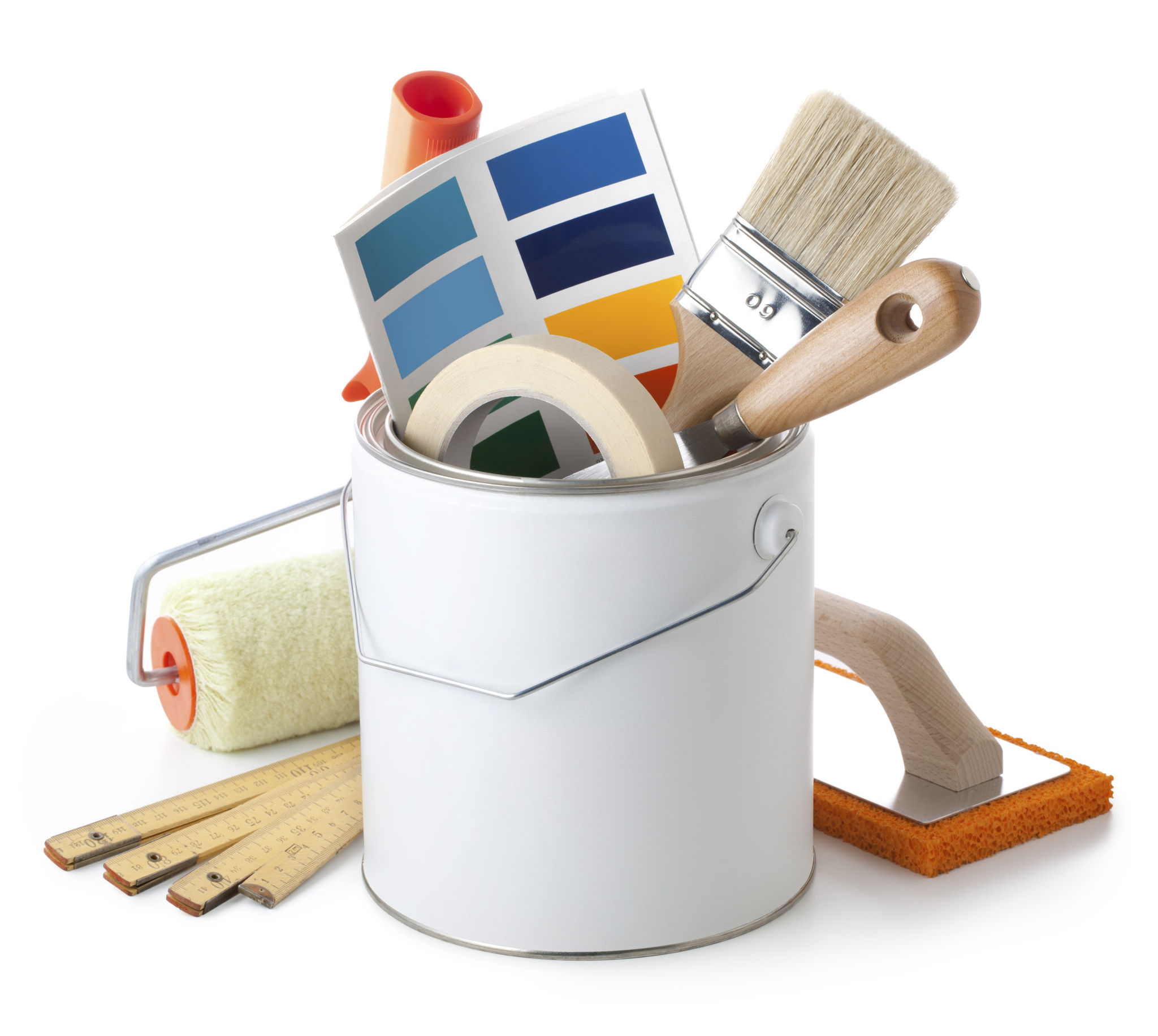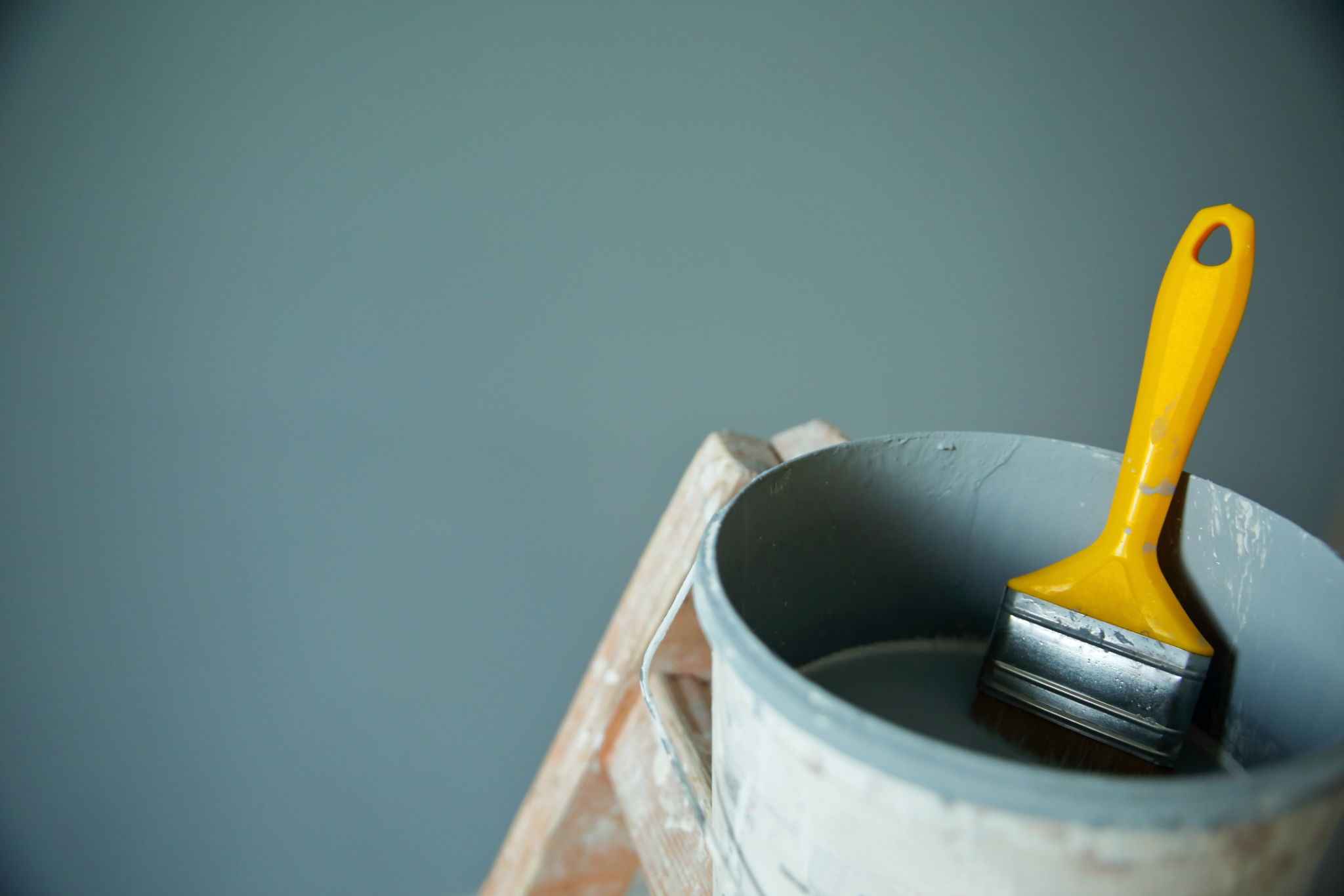DIY vs. Professional Painting: What You Need to Know
Understanding the Basics
When it comes to painting your home, deciding between a DIY approach and hiring a professional can be challenging. Each option has its own set of advantages and drawbacks, and understanding these can help you make an informed decision. Whether it's the interior or exterior of your home, a fresh coat of paint can transform the space, but how do you decide who should wield the brush?

DIY Painting: Pros and Cons
Cost savings are one of the most significant advantages of DIY painting. By handling the project yourself, you can avoid labor costs, which can make a substantial difference in your budget. Additionally, DIY painting offers you complete control over the project, allowing you to work at your own pace and experiment with colors and finishes.
However, DIY painting is not without its challenges. It requires a significant time investment, especially if you're inexperienced. Mistakes can be costly and time-consuming to fix. Moreover, achieving a professional finish requires skill and patience, and without the right tools and techniques, the final result may not meet your expectations.
Professional Painting: Pros and Cons
Hiring a professional painter can provide peace of mind and a high-quality finish. Professionals have the expertise and experience to handle all aspects of the job, from surface preparation to the final coat. They are equipped with the right tools and materials to ensure a flawless result that stands the test of time.

On the downside, hiring a professional can be more expensive than a DIY project. However, it's important to consider the value of your time and the potential costs of fixing DIY mistakes. Professionals also work efficiently, often completing projects faster than a DIY effort, minimizing disruption to your daily life.
Key Considerations Before Deciding
Before making your choice, consider the following factors:
- Project size and complexity: Larger or more complex projects may benefit from professional expertise.
- Your skill level: Be honest about your painting skills and whether you're prepared to handle any challenges that arise.
- Time availability: Consider how much time you can realistically dedicate to the project.
Tips for a Successful DIY Project
If you decide to go the DIY route, preparation is key. Start by gathering all necessary supplies, including quality brushes, rollers, and drop cloths. Take the time to properly prepare surfaces by cleaning and repairing any imperfections. Finally, practice patience—take your time with each step to ensure a smooth and even finish.

The Value of Professional Expertise
If hiring a professional fits within your budget, their expertise can offer significant benefits. They can provide guidance on color selection and finishes that complement your home's design. Additionally, professionals often have access to better-quality paints and materials, which can enhance durability and appearance.
Conclusion
Deciding between DIY and professional painting depends on several factors, including cost, time, and personal preferences. Both options have their merits and can lead to stunning results when carefully considered. Whether you choose to roll up your sleeves or call in an expert, a fresh coat of paint can dramatically enhance your home's visual appeal.
